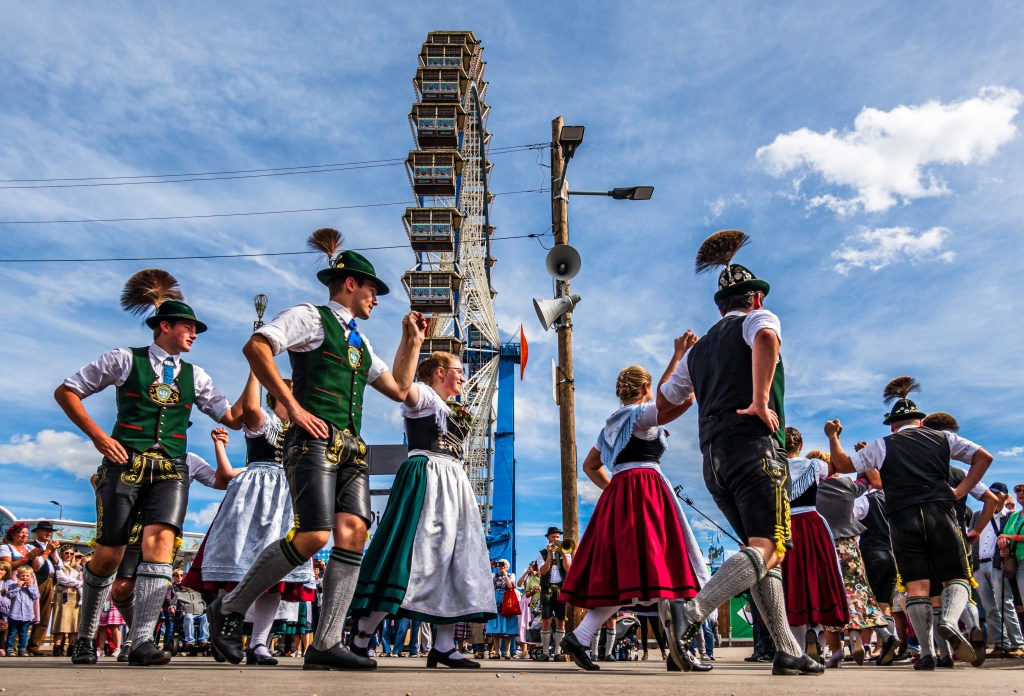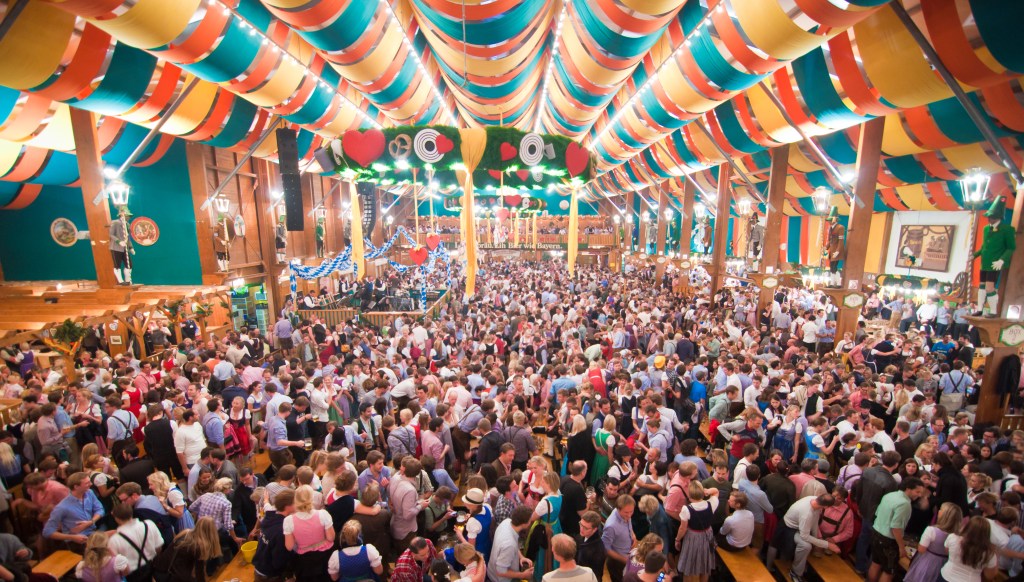The Caribbean relies heavily on tourism, but there is an annual down season.
We’re in it right now. From late summer through late autumn, the tourist hustle on the islands dies down. The down season is driven by the back-to-school rush, along with hurricane season. From Barbados to Aruba to the Bahamas, many hotels, restaurants, and tour operators work at a minimal capacity from September through October.
Some resorts even shut down for a few months rather than keep on a bare-bones crew.
That’s not the case across the board, however. In places like the British Virgin Islands, some establishments, from large-scale resorts to mom-and-pop inns, keep their doors open. Best of all, many offer slashed room rates in order to appeal to more visitors.
If you’re looking for highly rated British Virgin Islands resorts that are open this shoulder season, start with the options listed below. They’ve been hand-selected by the British Virgin Islands tourism authority.
Best British Virgin Islands resorts open this shoulder season
- Anegada Beach Club
- Anegada Reef Hotel
- Virgin Gorda Village Hotel
- Mango Bay Resort
- Cane Garden Bay Beach Resort
- Sebastian’s On the Beach
- Myett’s Garden Inn
- The Heritage Inn
- Scrub Island Resort, Spa, and Marina
Best British Virgin Islands resorts and hotels that are open this autumn
Anegada Beach Club
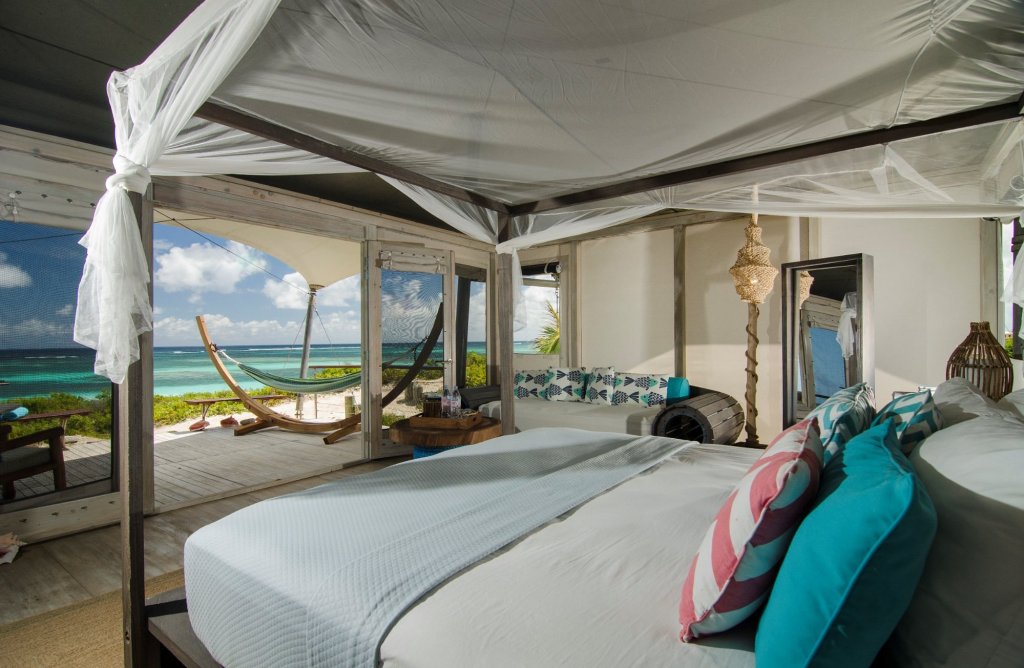
Located on one of Anegada’s most scenic stretches, this small beach club and hotel has just about everything you could want from a Caribbean vacation. The hotel has sixteen rooms, along with unique palapa retreats. Plus, there’s also a large pool, a kitesurfing school, and a beach bar.
Anegada Reef Hotel
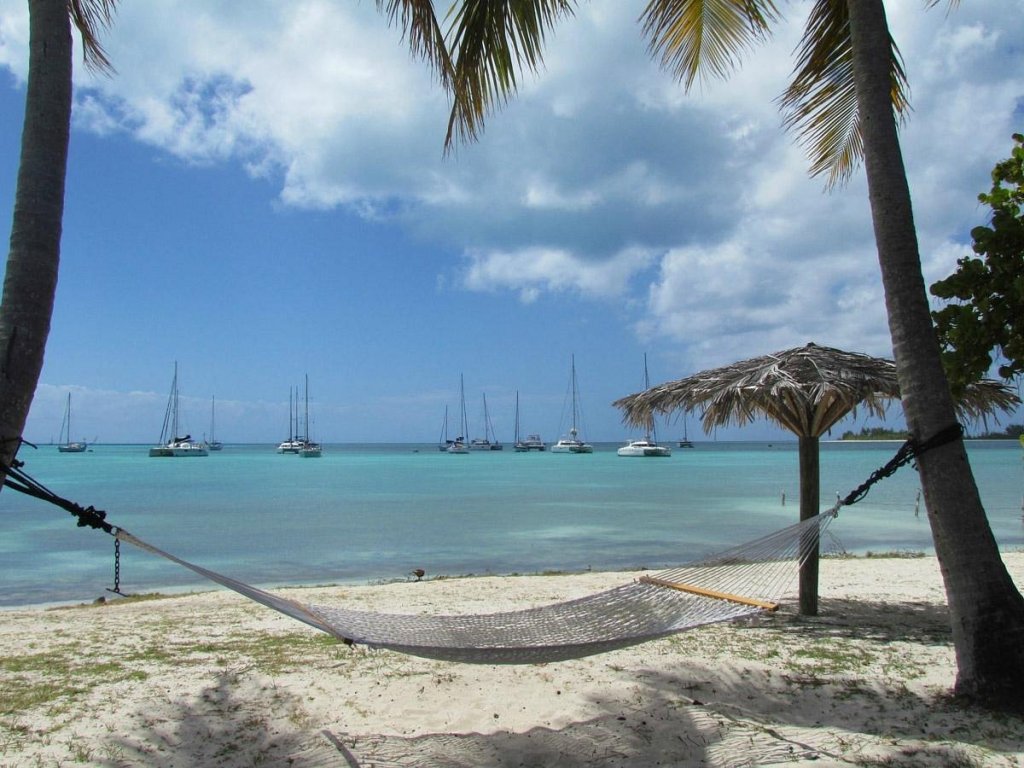
Also located on Anegada, the Anegada Reef Hotel offers a simple beachside setup that includes dining options right on the beach. Plus, you’re right on the popular horseshoe reef, in case you want to snorkel or dive. Though not a luxury pick, you’ll feel spoiled by the natural wonders.
Virgin Gorda Village Hotel

If you’re traveling in a large group, you’ll have space to relax at Virgin Gorda Village. You can choose from two, three, and four-bedroom villas. The hotel also has a large outdoor pool and a full-service day spa with hairdressing offers. As an added perk, you get a free Jeep rental if you stay more than three nights.
Mango Bay Resort

This small-scale resort is designed to spoil you. The private villas are luxurious, while management is available 24/7 to serve your needs. Expect a quiet, tranquil beachside escape.
Cane Garden Bay Beach Resort

This modern and flashy new beach resort lets you unwind in style. Most rooms come with beachfront views, while the hotel’s communal spaces are decked out in a fresh but authentic Caribbean décor. Recent guests have also lauded the staff for being accessible and helpful. (When I covered this property last year, it was known as Quito’s Luxury Inn.)
Sebastian’s On the Beach
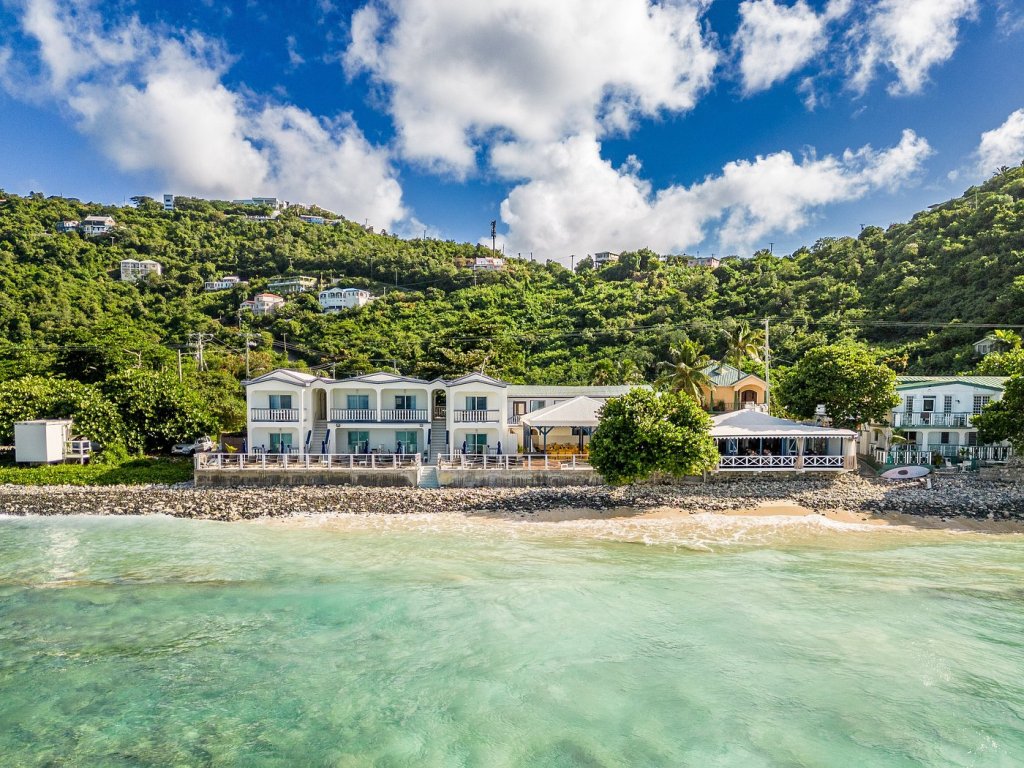
Whether you’re traveling solo or in a large group, Sebastian’s on the Beach offers a fantastic property where you can unwind for days, weeks, or even months. The grounds are tropical and well-maintained, also giving you beach access. The on-site restaurant is also popular amongst guests.
Myett’s Garden Inn
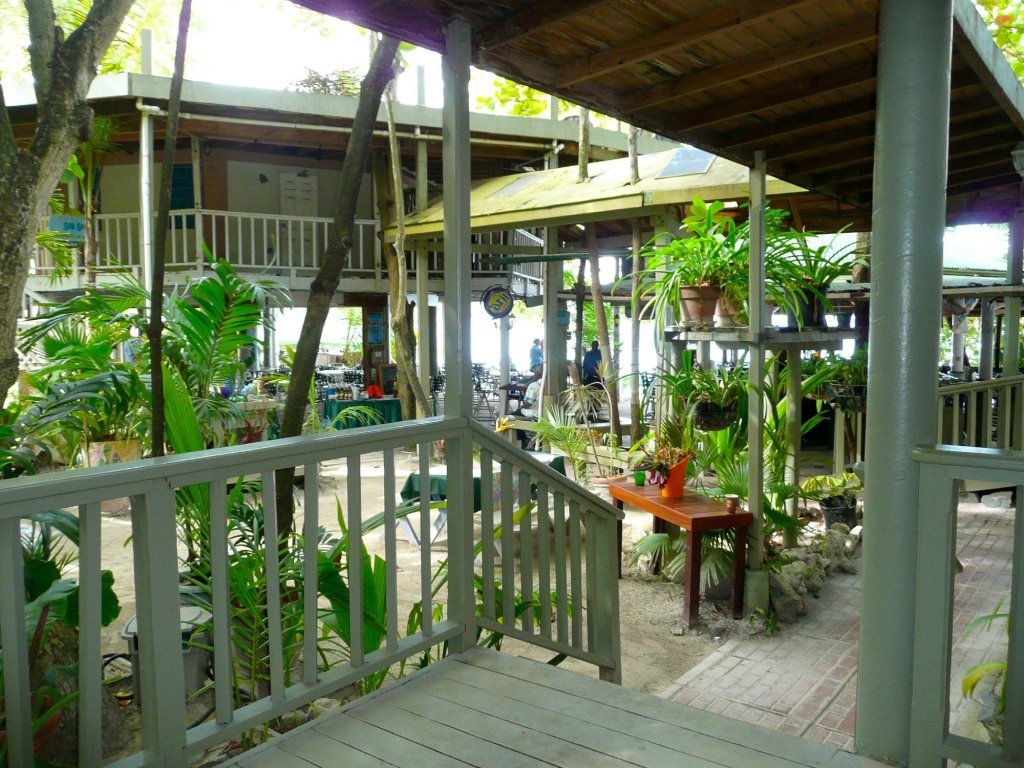
If you’re looking for a guest favorite, head to Myett’s Garden Inn. This cozy hotel is located right on the beach, offering tropical, lush views in every direction. There’s also a fantastic on-site restaurant, along with a day spa with a full suite of treatments. Come see why many families visit more than once.
The Heritage Inn

Not far from Myett’s Garden Inn is The Heritage Inn. The Heritage Inn is located on a hilltop, meaning you’ll swap out beach access for stunning island views. All suites showcase a different side of the island, letting you get a lay of the land—either from your private balcony or the large outdoor pool.
Scrub Island Resort, Spa, and Marina
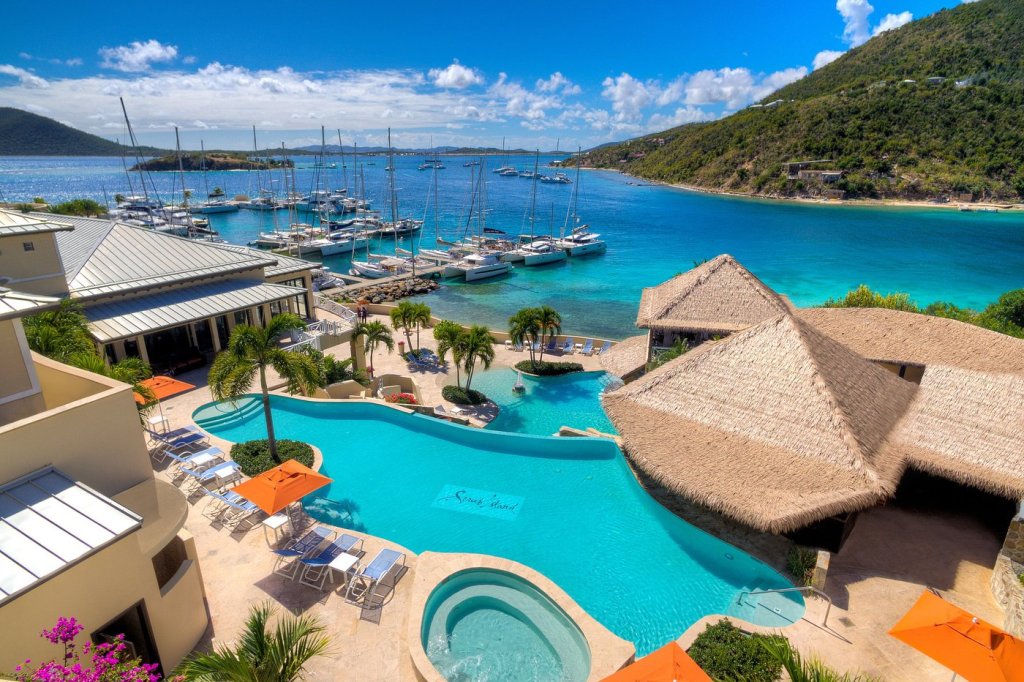
Welcome to the lap of luxury. This five-star escape lets you drop off the map at the edge of a tropical paradise and is one of the most opulent British Virgin Islands resorts.
The on-site spa is acclaimed, along with the spread of private beaches at your fingertips. Whether you want to snorkel above colorful reefs or loaf around at the beachside grill or take on a catamaran adventure, there’s always something to do.

